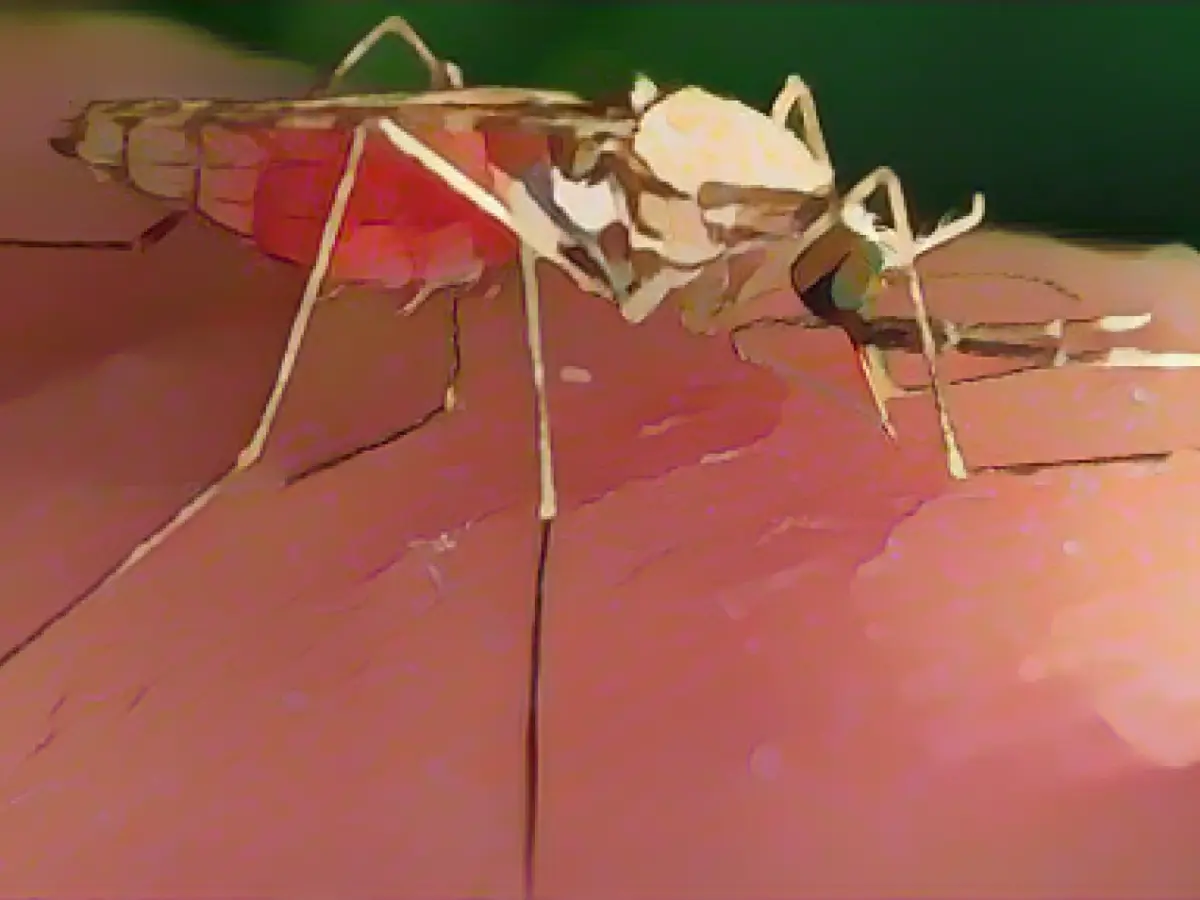The global malaria case count has risen since 2017, with no significant progress towards reduction, as per the World Health Organization (WHO) in their malaria report. In 2022, an estimated 249 million cases were reported, up from 233 million in 2019. Deaths also increased, from 576,000 to 608,000. The pandemic made estimating cases challenging.
Climate change isn't solely to blame for this regression. The WHO acknowledges that it's not just the pandemic hampering progress. Rising temperatures allow mosquitoes to inhabit regions previously free of them, such as highlands in Africa. Conversely, natural disasters like floods create stagnant water, providing new breeding grounds. Preventive measures face difficulties when displaced individuals impact supply chains for mosquito nets and medicines. Additionally, mosquitoes are becoming resistant to some insect repellents, while parasites exhibit resistance to anti-malaria medication.
Most malaria cases, approximately 94%, occurred in Africa in 2022. However, Pakistan saw a significant jump, with 2.6 million cases in 2022 – up from 500,000 in 2021. The devastating floods of 2022, which created new breeding grounds for mosquitoes, contributed to the surge in cases. Pakistan experienced five times the usual number during that period.
Twenty-three years ago, the WHO declared war on malaria. Between 2000 and 2022, prevention programs like breeding site destruction and insecticide-treated mosquito nets for sleeping prevented around 2.1 billion cases and 11.7 million deaths attributable to malaria.
Malaria is an infectious disease transmitted by the Anopheles mosquito. It attacks red blood cells, causing a primary symptom of fever. Treatment is curative if provided promptly, but the disease can be fatal, especially for young children. Since 2021, the WHO recommends two vaccines for children that decrease mortality by over 10%.
Refer to:
Insights:
- Climate change affects malaria prevention and control by increasing mosquito transmission in new regions and providing breeding grounds due to extreme weather events.
- Vulnerable healthcare systems like those in African countries and regions like Pakistan struggle to address the increased burden of malaria caused by climate change and socio-economic challenges.
- Research gaps require more understanding to design effective malaria control interventions and better inform future planning.
- Organizations utilize gene drive technology and community engagement approaches to combat malaria in rural areas, offering feasible and cost-effective solutions.








